Search Results for 'Nimmo'
10 results found.
Curtain falls on another successful GIAF
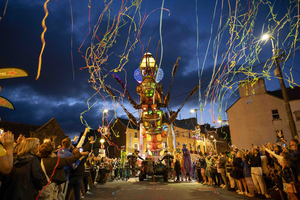
On Sunday, July 27, the curtain fell on the 2025 Galway International Arts Festival, marking the end of a two-week dazzling celebration of art, big ideas, creativity and culture. Celebrating on a larger scale than ever across the city and county, Galway International Arts Festival presented its most ambitious programme to date, and audiences flocked to see it.
Developments in the Claddagh
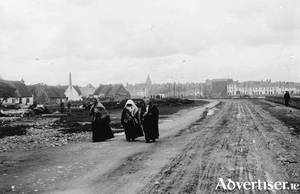
Towards the end of the 19th century, the Claddagh started to go into decline, thanks mainly to the local fishermen not updating their methods of fishing. This economic decline continued into the last century so, when the Urban District Council announced in 1916 that they were starting a reclamation programme of the 30-acre field that was known locally as ‘The Swamp’, it caused a lot of excitement locally. A small working committee was established to carry out the details of organisation. From then on the area was to be known as South Park. I am not sure where that title came from, maybe they regarded the Square as East Park, Salthill Park as Westpark, but where was North Park?
Centrally located properties still available with DNG Maxwell Heaslip & Leonard

Leading estate agent DNG Maxwell Heaslip & Leonard is selling three hidden gems close to Galway city centre.
Declan O'Rourke to play Nimmo’s Pier next week

“HE WRITES the sort of classic songs people don’t write anymore, songs that sound like they’ve been around forever. Listen to 'Galileo', possibly the greatest song written in the last 30 years.”
Pride, sauce, and sass - The Dirty Circus is back

THIS WEEK is Galway Community Pride and there is no better way to celebrate than with the welcome return of The Dirty Circus burlesque and cabaret night.
A view from the rear of the Spanish Arch
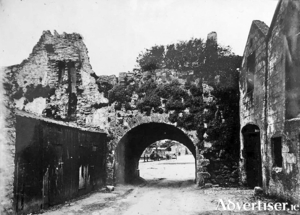
The Spanish Arch was not part of the original city walls but was built in 1584 as a measure to protect the city’s quays. It was originally known as Ceann an Bhalla or The Head of the Wall, a fortification that extended from Martin’s Tower to the river. Then in the 18th century, the Eyre family built Long Walk as an extension of the quays and a breakwater to construct a mud berth. A number of arches were constructed to allow access from the town to the new quay but unfortunately, an earthquake that occurred in Lisbon in 1755 resulted in a tsunami that destroyed some of these arches. In olden times, ships would have moored here unloading their cargo of Spanish wines and foodstuffs such as olive oil, spices, tea, coffee, and cocoa. Later, these ships would have been replaced by Aran fishing boats unloading and selling their wares.
Superb new listing in Galway’s West End
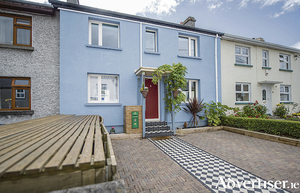
DNG Maxwell Heaslip & Leonard is the chosen selling agent for No 11 New Road, located in Galway's West End. This is city centre living at its very best, with a host of extra features.
Five bed townhouse overlooking Galway Harbour

DNG Maxwell Heaslip Leonard is offering this superb property which is located in one of the most sought after developments in Galway city. Number 32 Dun Aengus is in the private, gated, internal courtyard of Dun Aengus. This development was built by renowned Galway builder O'Malley construction and is located between the Long Walk and the Galway Harbour. Dun Aengus has entrances from both sides, one with stunning south facing sea views over the historic Claddagh from the Long Walk and of Galway Harbour from the main entrance. This is city centre living at its best.
Two bed gem in the Claddagh
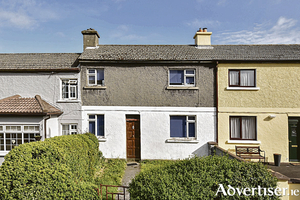
O'Donnellan & Joyce is offering for sale a two bed terraced property located in the historic residential area of The Claddagh, Galway. This is an opportunity to purchase a property in the heart of Galway city in one of Galway's oldest and most established residential areas.
Broken angels tell a tale
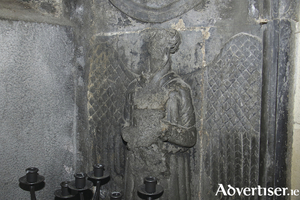
Living in Ireland during the mid 17th century was a frightening and a bloody time. Following the extreme political crisis that resulted in civil war in England, Ireland was plunged into a period of despair that would lead to the surrender of Galway, and the beginning of its gradual demise. The invasion by Oliver Cromwell’s New Model Army, a ruthless exterminating machine, in 1649, led by Cromwell himself, not only destroyed all military opposition, besieged and ransacked towns, and imposed harsh penal laws on Catholic survivors, but it changed the demographic of the cities and lands with the resettlement of faithful Cromwellian generals, and their families. And in a new twist: tens of thousands of Irish people were transported to plantations in the West Indies, and elsewhere.

